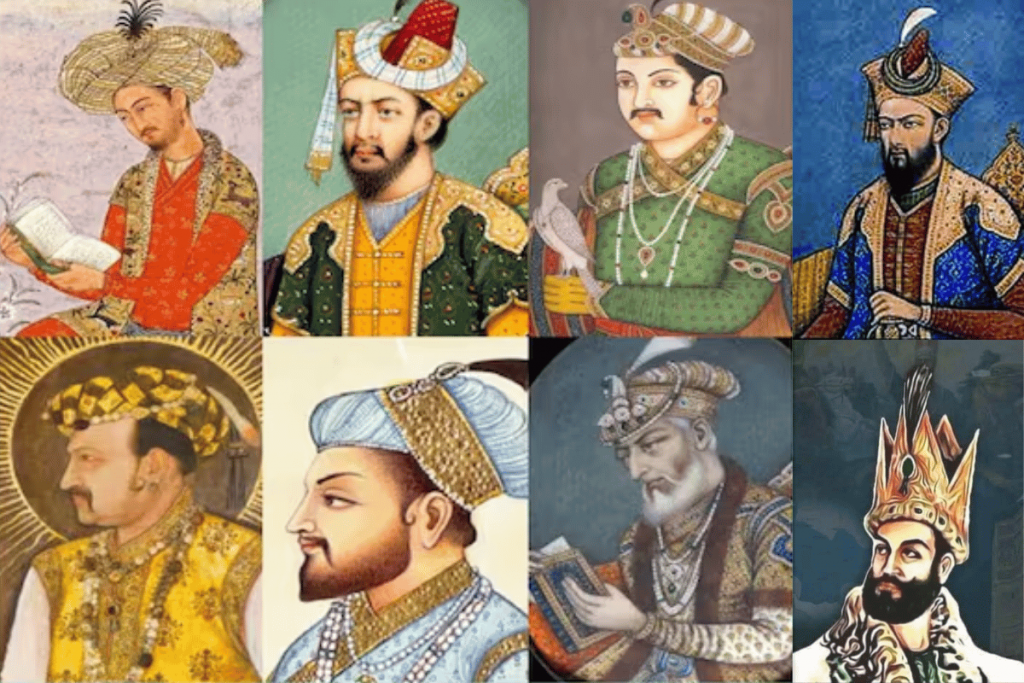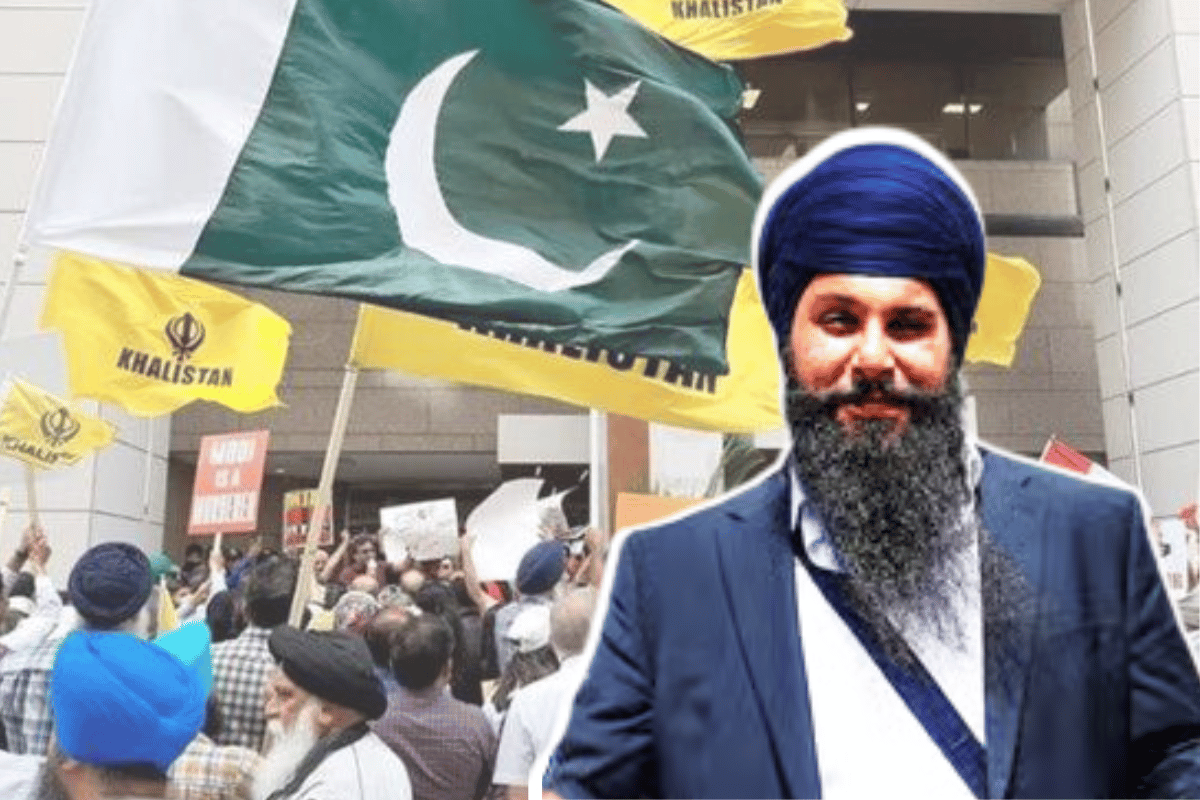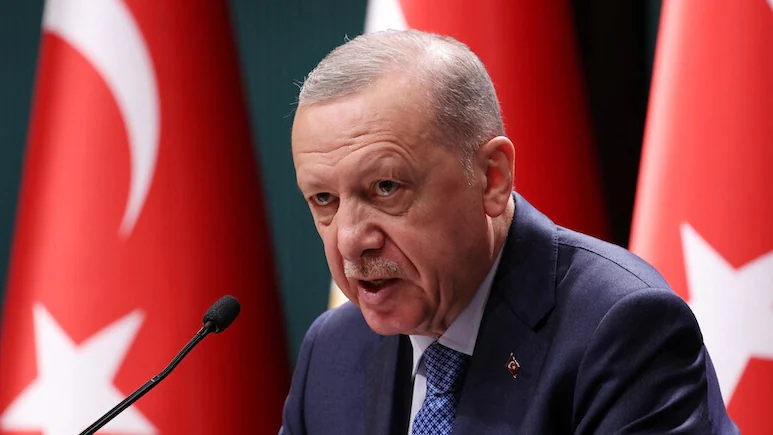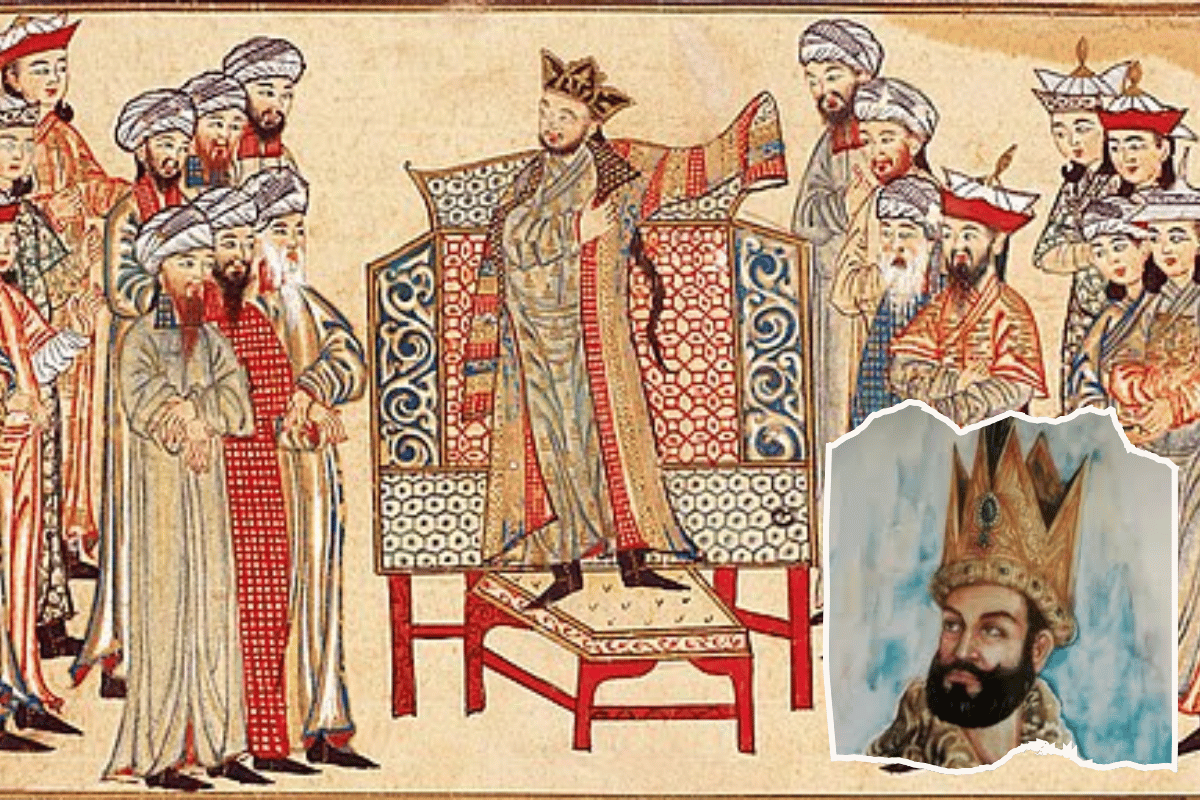
Hindu history has been repeatedly distorted through successive waves of colonialism. The British colonial era has received extensive attention, with many scholars analysing its political domination, economic extraction, and cultural impact. Postcolonial studies as a field of inquiry has grown from the need to understand how colonisation, defined as the imposition of foreign power that disrupts indigenous systems of life, affected societies across the world, including Bhārat (India).

What is often missing from this discussion is recognition that Bhārat had already endured centuries of colonial subjugation before the arrival of the British. Waves of conquest by Islamic rulers such as the Mughals reshaped the subcontinent and imposed deep transformations upon Hindu society. The scale of destruction, the loss of cultural autonomy, and the displacement of long-standing traditions reveal that colonialism in Bhārat began long before European expansion.
The impact of these earlier invasions was vast. Temples and sacred centres of worship were systematically destroyed or converted, immense treasures were looted, and genocides were committed. Hindu society faced the erosion of its institutions and the suppression of its cultural and spiritual life. Over time, narratives celebrating the grandeur of these rulers overshadowed the suffering of the people who endured their reigns. The invaders who occupied Bhārat have too often been portrayed as heroes, when in truth they were forces of domination whose legacy demands a more critical understanding. The positive representations of these rulers have a global reach, well beyond the borders of Bhārat. They are glorified in all mediums: school curricula, films, history books, TV series and more. Unfortunately, false narratives have become mainstream, and Hindu history has been assigned to the footnotes.
This series on decolonising Hindu history will seek to bring greater attention to this neglected history of colonialism. It will focus on the legacies of rulers whose names are etched into the history of Bhārat:
- Mahmud of Ghazni (971–1030 CE)
- Muhammad Ghori (1149–1206 CE)
- Alauddin Khilji (1266–1316 CE)
- Timur (1320-1405 CE)
- Babur (1483–1530 CE)
- Humayun (1508–1556 CE)
- Akbar (1542-1605 CE)
- Aurangzeb (1618–1707 CE)
- Tipu Sultan (1751–1799 CE)
Each figure shaped the course of Bhārat and Hindus in profound ways. Together they represent a much longer wave of colonial domination, cruelty and oppression whose consequences must be remembered with clarity rather than obscured by glorification.









